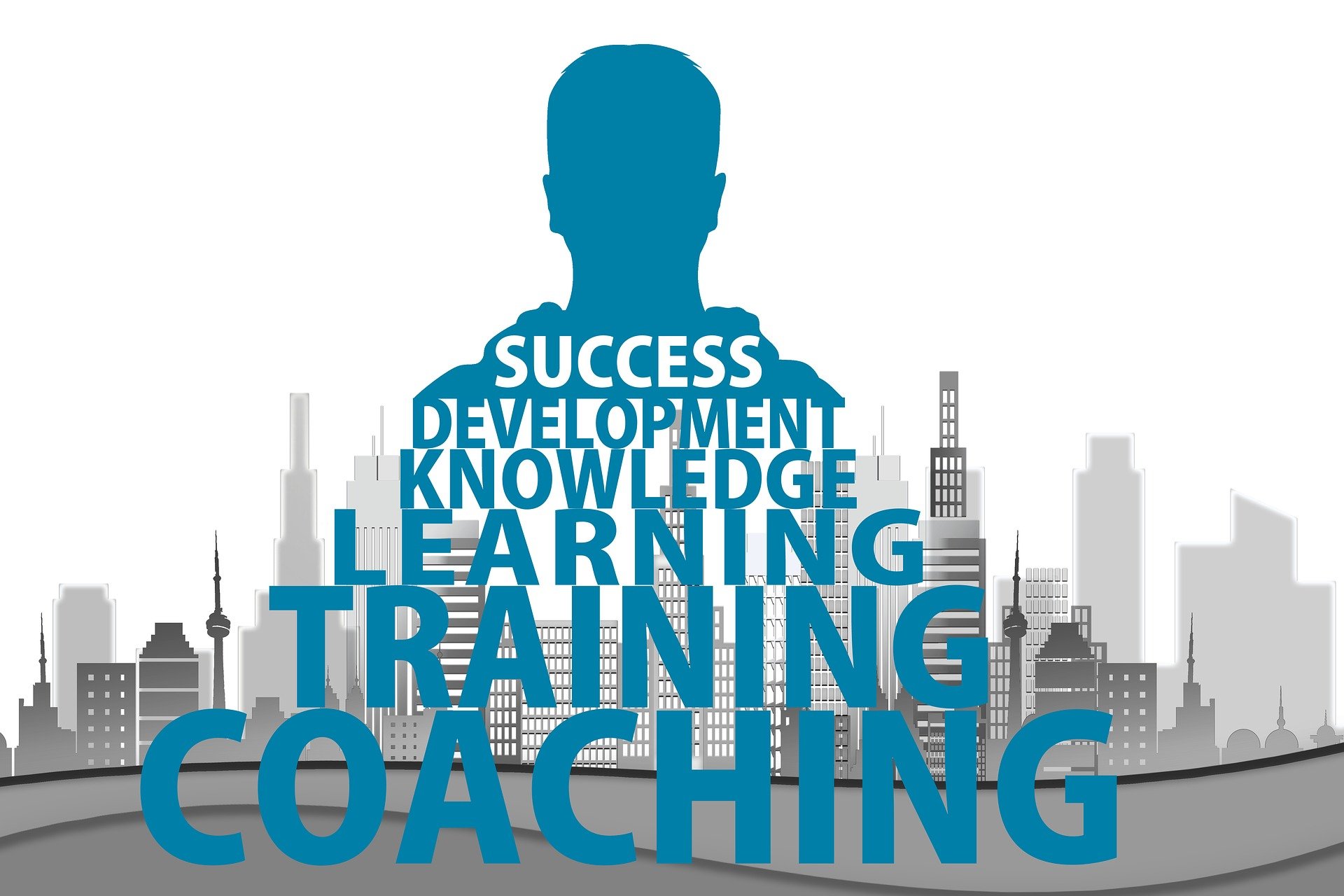Gamification: Revolutionizing Career Development and Job Training
The fusion of game mechanics with professional growth is reshaping how individuals approach career advancement and skill acquisition. Gamification, a strategy that applies game-design elements to non-game contexts, is making waves in the realm of career development and job training. This innovative approach is transforming tedious learning processes into engaging, interactive experiences that boost motivation, enhance retention, and accelerate skill mastery.

The rise of mobile technology and cloud computing in the 2010s marked a turning point for gamification in career development. Suddenly, employees could access gamified learning platforms anytime, anywhere, transforming downtime into opportunities for professional growth. This accessibility, combined with increasingly sophisticated game design principles, led to a boom in gamified learning solutions across industries.
Core Principles of Gamified Career Development
At the heart of effective gamification in career development lie several key principles. First is the concept of progression, where learners can see their advancement through levels or stages, mimicking the satisfying growth curve found in video games. This visual representation of progress taps into our innate desire for achievement and motivates continued engagement.
Another crucial element is immediate feedback. Unlike traditional learning methods where feedback might come days or weeks later, gamified systems provide instant responses to actions, allowing learners to adjust their strategies in real-time. This rapid feedback loop accelerates the learning process and keeps participants engaged.
Rewards and recognition play a significant role as well. Whether through virtual badges, points, or real-world incentives, these systems acknowledge accomplishments and encourage further participation. However, it’s essential to strike a balance – rewards should enhance intrinsic motivation rather than replace it entirely.
Implementing Gamification in Job Training
Successful implementation of gamification in job training requires a thoughtful approach. It’s not enough to simply add points and badges to existing training materials. Instead, organizations must carefully design experiences that align game mechanics with desired learning outcomes and company culture.
One effective strategy is to create narrative-driven training modules that immerse employees in realistic scenarios. For example, a customer service training program might cast employees as heroes on a quest to solve customer problems, with each successfully resolved issue advancing the story and unlocking new challenges.
Another approach is to use competitive elements judiciously. While leaderboards can drive engagement, they can also demotivate those who consistently rank low. A more inclusive strategy might involve team-based competitions or personal bests, encouraging collaboration and individual improvement.
Measuring the Impact of Gamified Career Development
To justify investment in gamified learning platforms, organizations need robust methods for measuring their impact. Traditional metrics like completion rates and test scores remain relevant, but gamification opens up new avenues for assessment.
Engagement metrics, such as time spent on the platform, frequency of logins, and interaction patterns, can provide insights into how effectively the system captures and maintains employee interest. These metrics can be particularly valuable for identifying which elements of the gamified experience resonate most with users.
Skill application is another crucial area of measurement. By designing scenarios that mirror real-world challenges, organizations can assess how well employees transfer their gamified learning to actual job performance. This might involve tracking key performance indicators before and after implementation of the gamified system.
Challenges and Considerations in Gamified Career Development
While gamification offers tremendous potential, it’s not without challenges. One significant concern is the risk of oversimplification. In the quest to make learning fun and engaging, there’s a danger of diluting complex concepts or neglecting critical nuances. Designers must strike a delicate balance between accessibility and depth.
Privacy and data security also present challenges, particularly as gamified platforms often collect extensive user data to personalize experiences and track progress. Organizations must ensure robust data protection measures and transparency about data usage to maintain employee trust.
There’s also the question of inclusivity. Not all employees may be equally comfortable with or interested in game-like interfaces. It’s crucial to offer alternative learning pathways and ensure that gamification doesn’t become a barrier to career development for any segment of the workforce.
The Future of Gamification in Career Advancement
As technology continues to evolve, so too will the possibilities for gamification in career development. Virtual and augmented reality technologies promise to create even more immersive learning experiences, allowing employees to practice complex skills in highly realistic simulations.
Artificial intelligence and machine learning are set to play a larger role, enabling more personalized learning journeys that adapt in real-time to individual strengths, weaknesses, and learning styles. This level of customization could dramatically increase the effectiveness of gamified career development programs.
The integration of gamification with other emerging trends in workforce development, such as microlearning and social learning platforms, is likely to create powerful synergies. These combined approaches could offer employees unprecedented flexibility and effectiveness in their professional growth journeys.
As the job market continues to evolve at a rapid pace, gamification stands poised to play a crucial role in helping individuals and organizations adapt and thrive. By tapping into our intrinsic motivations and leveraging the power of play, gamified career development strategies have the potential to transform how we approach lifelong learning and professional growth in the digital age.





